Introduction
Were you aware that Himalayan Tartary Buckwheat is not wheat? Despite its misleading name, this gluten-free grain has been harvested in the Himalayas for centuries. It is a unique, versatile food item that can make various dishes with exciting tastes and adapt to multiple other dishes.
There are too many culinary options for Himalayan Tartary buckwheat to count. They range from warm, comforting pancakes that can make a snowy morning feel warm to inviting risottos and pilafs with savory, warming flavors.
https://valuablerecipe.com/mouthwatering-lebanese-cuisine-dishes/
They touch lightly on Passover desserts and then double back and lead the way to other desserts, which are sweet and very often unhealthy. Yet it doesn’t matter because it’s good for you when it’s buckwheat. With an earthy, mineral edge to its flavor, Himalayan Tartary Buckwheat is always delicious.
“In this article, we will explore the rich world of recipes featuring Himalayan Tartary buckwheat. We will delve into the history and culture of this age-old grain, uncover its profound meaning for the community, and master the art of preparing authentic Himalayan cuisine, honoring this ancient ingredient. Whether you consider yourself a skillful chef or an amateur at-home cook seeking to diversify your culinary portfolio, follow this in-depth guide to add genuine Himalayan taste to your plate.”
Revealing the Mysteries of Himalayan Tartary Buckwheat
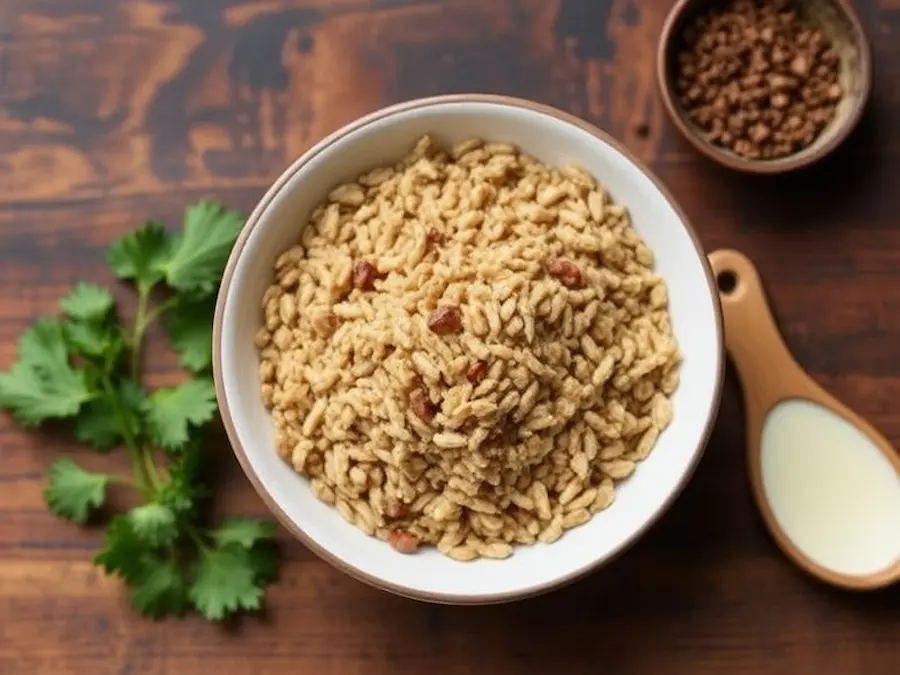
This portion of the document will explore Himalayan Tartary buckwheat in greater detail. It will identify its origin, explain what makes it different, and discuss its flavor and texture. Along the way, we’ll get to know the farmers, millers, and bakers who have kept Himalayan buckwheat alive and help you decide whether you should welcome this much-reviled grain into your kitchen.
The Birth and Cultural Relevance
Tartary buckwheat, originally from the Himalayas, has been an exceedingly important part of that region’s ancient culture for a few hundred years. It is impressive that Himalayan Tartary Buckwheat has been carbon-dated to exist in this region as far back as 4000 BC! The people of that time probably boiled the groats and then consumed them like rice.
https://valuablerecipe.com/fagioli-the-bean-cuisine-of-italy/
Such an event signifies the start of the utilization of Himalayan Tartary Buckwheat. The fact is that, yes, this started in the region where it all began—the Himalayan Mountains. And, while some cultures were in moderation, they only used particular parts of the buckwheat seeds from a long time ago. Some meals are being prepared with buckwheat groats and wheat. This tradition is still happening in some places today.
Distinctive Features
Himalayan Tartary Buckwheat is exceptional compared to other grains because it has several unusual features. It can thrive in areas with low oxygen levels and has a significant advantage over different crops regarding drought and cold resistance. This is very important to the Himalayan Plateau, which has a cold climate and a short growth season. Every year, the harvest season of crops is usually not more than 100 days, but the harvesting season of Highland barley is less than 80 days.
The advantages of nutrition and its appeal
Studies have pointed out the nutritional advantages of the Himalayan Tartary buckwheat, which has given it the name of a wonder food. It is a rich source of fiber, protein, essential amino acids, antioxidants, and minerals, namely magnesium and copper. Including these crucial nutrients helps humans obtain better digestion, supports cardiovascular health, and boosts overall well-being.
In recent times, the Himalayan Tartary buckwheat has become increasingly popular. It has drawn the attention of more people who recognize its excellent nutritional properties and culinary value. As it has bloomed in popularity, it is being embraced by the health-conscious and foodies attracted to its unparalleled charm and possible health benefits.
https://valuablerecipe.com/valuable-cuisine-recipe-for-asian-dessert/
Chef Aarti Kapoor stated that Himalayan Tartary buckwheat has a different flavor. This flavor profile adds more depth to any dish, making it an essential ingredient for popular and contemporary recipes. Himalayan Tartary buckwheat has nutritional benefits and is often described as one of the best substitutes for typical wheat.
Dr. Maya Patel, RD, strongly suggests using Himalayan Tartary buckwheat due to its incredible nutritional value. Not only does it have a rare variety of nutrients, but it’s also a very sound food. It is suitable for your heart, good for weight management, and ideal for providing balanced energy.
https://blog.bigboldhealth.com/stories/barbs-gluten-free-himalayan-tartary-buckwheat-bread
The authoritative viewpoints and logically oriented examination above demonstrate the measurable value and attractiveness of Tartary buckwheat’s Himalayan presence. With its concealed insights and merits laid bare, it is unsurprising that this grain holds a distinctive and purposeful element in the palates and cooking spaces of those who revere Himalayan food culture.
Exploring Classic Himalayan Cuisine with a Focus on Tartary Buckwheat
The cultural importance of Tartary buckwheat is being explored
Himalayan Tartary buckwheat is deeply ingrained in the traditional Himalayan diet and essential to Himalayan culture. This versatile grain has remained a staple food in the region for centuries and is an integral part of the dietary culture of the Himalayan community. With a long history of cultivation, this unique-tasting, nutrient-rich grain has been the basis for a wide variety of foods. It reflects the unique cultural heritage of the Himalayas.
https://valuablerecipe.com/5-traditional-palestinian-cuisine-recipes/
Himalayan Tartary buckwheat is significant for local communities beyond merely feeding them. Instead, it has deep-rooted implications, symbolizing the connection between nature, culture, and the people. The cultivation and consumption of the grain dovetail into festivals, religious rituals, and social gatherings, binding these communities together with shared experiences. The cultural weight of Himalayan Tartary buckwheat reverberates through the ages, reinforcing the unassailable authenticity of Himalayan cuisine.
The Advantages of Consuming Himalayan Staple Grains for Health
The Himalayan region grows several staple grains, many of which are high in nutrients that promote health. Common Himalayan grains include tartary buckwheat, a good source of antioxidants, dietary fiber, and other essential nutrients.
The presence of these bioactive compounds gives Himalayan Tartary Buckwheat some unusual and valuable properties. For example, it can influence digestion and prevent chronic inflammation and diseases. It can also beneficially alter cholesterol and blood lipid levels, reducing the risk of heart issues and stroke.
https://www.pineandpalmkitchen.com/himalayan-tartary-buckwheat-pancakes/
In addition, the main grains grown in the Himalayan region are generally gluten-free, making them safe for people who cannot tolerate gluten or have celiac disease. These grains provide a good food source for people who want nutritionally diverse and healthy foods. Ingesting these grains as part of a balanced diet can help increase energy levels, improve digestion, and make for an overall healthier individual.
Traditional flavors of the Himalayas: Authentic dishes from the region
Discovering classic meals from the Himalayas that require Himalayan Tartary buckwheat is like touring a culinary museum. Meals that require the authenticity of these recipes illuminate the complexity of taste, blending methodology, and texture that the Himalayas are known for. Buckwheat pancakes and buckwheat garnished in risotto and desserts elicit the historical background of the meals.
Authentic Himalayan cuisine not only tastes good but also makes you feel connected to the rich roots of the Himalayan people. The dishes have been passed down from generation to generation, keeping the traditional cooking techniques and methods. By eating them, you can taste and experience how rich people cook.
| Traditional Himalayan Dishes Featuring Tartary Buckwheat | Cultural Significance | Health Benefits |
| Buckwheat Pancakes: Fluffy pancakes made with Tartary buckwheat flour, often served with butter or honey. | Religious festivals: Buckwheat pancakes are integral to religious festivals, symbolizing prosperity and good fortune. | Nutrient-rich: Buckwheat pancakes provide a good source of dietary fiber, magnesium, and B vitamins. |
| Buckwheat Risotto: Creamy risotto made with Tartary buckwheat groats mixed with aromatic herbs and spices. | Celebratory Meals: Buckwheat risotto is often prepared for special occasions, signifying abundance and celebration. | Heart-healthy: Buckwheat risotto is low in cholesterol and saturated fats, supporting a healthy heart. |
| Buckwheat Desserts: Sweet treats like buckwheat halwa or buckwheat kheer infused with cardamom and saffron. | Desserts of Joy: Buckwheat desserts are enjoyed during festivals and joyful gatherings, spreading happiness and delight. | Antioxidant-packed: Buckwheat desserts contain rutin, a potent antioxidant that promotes cell health. |
Authentic Himalayan Foods that Highlight Tartary Buckwheat: Cultural Importance and Dietary Benefits
Pancakes Made With Buckwheat:
Pancakes made with Buckwheat Grains are soft and often served with butter or honey. They are a Must on the Festive Table: They Symbolize Wealth and Prosperity. Buckwheat Pancakes are also Very Healthy. They contain a Lot of Fiber and are rich in Magnesium and B Vitamins.
Risotto with Buckwheat:
This creamy risotto is made with buckwheat groats and spiced with herbs. A few dishes signify celebration and abundance, such as buckwheat risotto. Furthermore, it is a heart-healthy dish with low cholesterol and saturated fats.
https://plateofgrass.com/himalayan-tartary-buckwheat-recipes/
Desserts:
Made from Buckwheat Flour: Enjoy sweet bites, such as buckwheat halwa or kheer, infused with lovely spices, cardamom, and saffron. The pureness of buckwheat flour makes these delicacies even more delectable. The joyous festive celebrations are never complete without these flavorful and gluten-free desserts. When we think about these super healthy desserts, we can experience the great taste of joy and happiness in the mouth. Go ahead and enjoy the impeccable taste with fewer calories and more nutrition. Now, these are a treat for more than just the taste buds!
Valuable recipe for Himalayan Tartary Buckwheat
In this part, we can exclaim over a tremendous recipe that will showcase to everyone the vast versatility and, not least, the big flavor that we all get from using Himalayan Tartary Buckwheat. After you have tried this right away, meaning straight after, you’re bound to love the taste and texture of our beloved wholesome grain in a delicious and thoroughly satisfying dish.
Never mind how experienced you are in the kitchen. This is just what you’ll need to get the taste of both everything you want and also, indeed, more to win all the applause.
Before delving into the steps of preparation for the dishes, we should familiarize ourselves with the main component, Himalayan Tartary buckwheat. This grain has a long history and boasts a whole host of nutrients, providing a vibrant and nutty taste that underlies many famous Himalayan noodle dishes. This plant is chock-full of essential vitamins, minerals, antioxidants, and dietary fiber and is thus sure to be a top pick for inclusion in your pantry.
https://valuablerecipe.com/healthy-gujarati-cuisine-recipes/
The act of cooking can be likened to that of an artist, and any recipe offered to you is simply the beginning of a meal. Be as creative as possible in your personal preferences and tastes: one moment, ponder over which mixture of flavors to use, and the next one, choose a new, unconventional way to cook the very same thing you cook every day. To excite you even more, imagine substituting your beloved Dutch buckwheat with the rare Himalayan tartary!
What are you waiting for? Don’t hesitate. Wear your apron, collect the necessary ingredients, and begin a culinary journey with this invaluable recipe for Himalayan Tartary buckwheat.
Simple Tips for Cooking Himalayan Tartary Buckwheat Perfectly
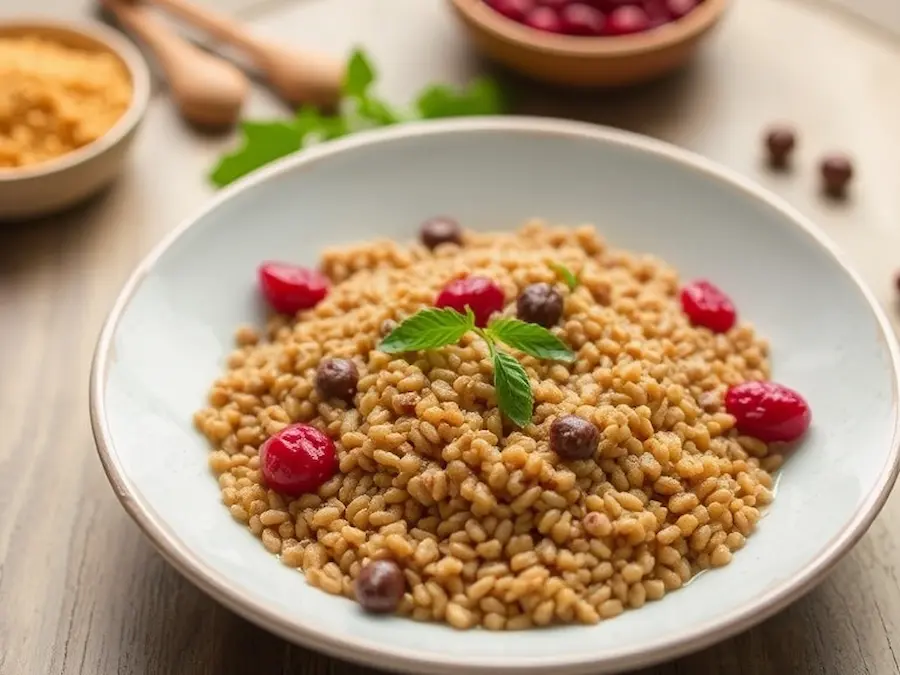
Straightforward cooking advice can change everything when making great Tartary buckwheat meals. From choosing the most exquisite buckwheat grains to mastering cooking skills, these uncomplicated Himalayan cooking recommendations will help you whip up dazzling dishes every time.
Guidelines on How to Choose and Keep Buckwheat
Selecting the appropriate buckwheat kernels is essential to creating dishes that taste and feel how you want them to. Look for the best quality, organic Himalayan Tartary buckwheat grain, completely pure without anything mixed with it. Simple to prepare, faro can be substituted in rice, couscous, or pasta recipes for a unique taste and heartier texture.
It is critical to store buckwheat in a cool, dry container with an airtight lid to keep it fresh for as long as possible. Putting the lid on keeps out light, which can turn buckwheat rancid, and keeps out air, which, though it doesn’t turn buckwheat rancid, can introduce off flavors. Never store buckwheat near anything with a strong odor, as buckwheat will quickly take it on.
If you plan to store buckwheat longer, consider transferring it to an airtight container or a vacuum-sealed pack. This will help maintain the grains’ freshness and ensure they stay as aromatic and flavorful as the day you bought them.
Becoming adept at the culinary skills needed to prepare Tartary Buckwheat
We must employ specific techniques to achieve the most optimal flavors and the most pleasing textures when it comes to Tartary wheat. Below, you will find some methods to help us acquire the knowledge to master the practice of slow-cooking with Tartary wheat.
-
Pre-soaking:
- Before you cook them, consider soaking the Tartary buckwheat grains. The added moisture will allow them to cook more quickly and easily digested.
-
Rinsing:
- Before cooking, rinse the soaked buckwheat grains well with cold water to remove extra starch.
-
Ratio and Cooking Time:
- Tartary buckwheat is typically cooked with a 1:2 ratio of grains to water. Simmer the grains over low heat for about 15-20 minutes or until they become tender and fluffy.
-
Fluffing and Resting:
- Once the buckwheat groats are cooked, gently separate them with a fork. Let them rest for a few minutes before serving to let the flavors develop.
With these simple cooking tips and methods, you can prepare incredible Tartary buckwheat dishes highlighting this Himalayan component’s unique tastes and textures. Coming right up are the tips that can help raise your culinary skills and ensure that your dinner is delightful.
Tasty Himalayan Dishes with Tartary Buckwheat as the Main Ingredient
Experience the delicious taste of Himalayan cooking with these delightful recipes, which blend the unique and nutritious tartary buckwheat into a tasty snack. From filling breakfasts to hearty main courses and fantastic desserts, these dishes satisfy your every desire and leave you wanting more.
https://valuablerecipe.com/recipe-for-mexican-cuisine-famous-tacos/
Developing Comfort Food: Pancakes Made from Buckwheat Grown in the Himalayas
Begin your morning by indulging in a soothing and nutritious breakfast with homemade Himalayan buckwheat pancakes. These light delicacies comprise Tartary buckwheat flour, eggs, milk, and a hint of sugar. They are best consumed scalding, coated with syrup or nectar, and topped with ripe crops to foster a pleasant early-day dessert that will charge energy for the daylight ahead.
Delicious Flavors: Risotto Made of Buckwheat from Tartary
This delicious recipe for Tantalizing Tartary Buckwheat Risotto satisfies your taste for adventure. Hearty and satisfying, it combines the nutty flavor of Tartary buckwheat with the decadent luxury of a creamy sauce, and a sprinkle of Parmesan cheese gives it a deep, satisfying taste. But the key is the mushrooms, cooked to a dark, golden brown. Fresh herbs make it lively and green—parsley, chervil, tarragon, basil, or a mixture of any of them—and some good, fruity olive oil is the final touch. Serve this risotto as a main course or a side dish for veal cutlets, roast chicken, or pork.
Delicious and Healthy: Himalayan Tartary Buckwheat Treats
Finish your meal with a delicious touch by enjoying some tasty Tartary buckwheat desserts that are filling and full of necessary nutrients. Everything from decadently rich buckwheat chocolate chip cookies to delightful and simple buckwheat berry crumble desserts demonstrates how Tartary buckwheat can make extraordinary things for our taste buds. The nutty flavor of buckwheat is a beautiful twist on traditional desserts.
https://valuablerecipe.com/cuisine-recipe-for-golden-cuisine-philly/
Whether you like savory dishes or sweet treats, you’ll love these delicious Himalayan recipes featuring Tartary buckwheat. Try them and taste them for yourself. You’ll find out just how good nutritious cooking can be and how to make it part of your everyday menu.
Opinions from Experts and Experiences of the Public Regarding Himalayan Buckwheat Cuisine
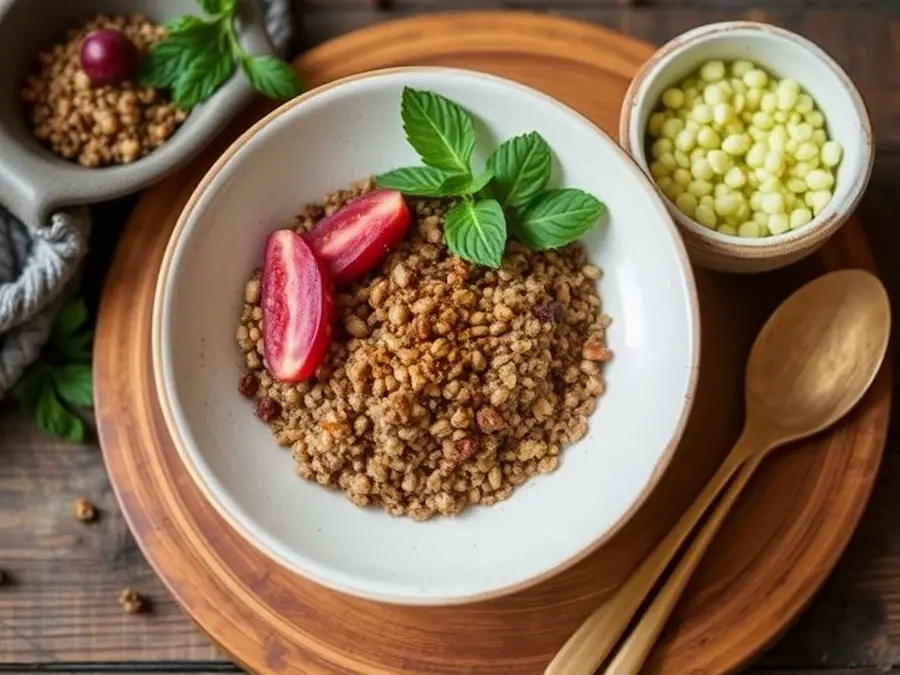
In this portion, we will probe into the opinions of different experts and the experiences voiced by the public regarding the cuisine centered on Himalayan buckwheat. Several knowledgeable chefs, well-known food critics, and respected nutritionists have imparted their input into this unusual cuisine’s taste, nutrition, cultural value, and even the use of commonly neglected or rarely known facts. Their expertise on the matter measures both its orthodoxy and quality.
According to chef Emily Johnson, who is classically trained and passionate about international cuisines, Himalayan buckwheat provides a lovely blend of earthy and nutty flavors that heightens any meal. Whether your preference is for comfort-food pancakes, risottos, or elegant desserts, its adaptability becomes obvious. Whether savory or sweet, the flavor of Himalayan buckwheat is immediately distinguishable from all others—a flavor that adds depth and complexity to countless recipes.
Unsurprisingly, Himalayan buckwheat has recently experienced a surge in popularity. This gluten-free alternative to conventional grains has become renowned for a good reason. With a high protein profile and a plethora of nutrients, it is essential for anyone who values their health. Important to note is how the agriculturally resilient Himalayan buckwheat fits into whole diets.
https://valuablerecipe.com/exploring-bangkok-thai-cuisine/
Mary Davis, a food enthusiast, describes the unique experience of enjoying an authentic Himalayan buckwheat dish. During her trip to the Himalayas, the distinct tastes, warmth, and hospitality combined to create an unforgettable gastronomical journey that she’s excited to replicate back home.
Delighting in Himalayan buckwheat cuisine is a novel experience in its own right. Recently, many people have fallen under the enchantment of its flavors and textures. To them, it has become as indispensable as staples in their diet. Its present growing influence speaks best to the last decade’s growing success.
The chart below shows that the general public’s attitude toward Himalayan buckwheat dishes is consistently and overwhelmingly upbeat.
Opinions Shared by the Majority
“Buckwheat from the Himalayas introduced me to a new collection of flavors. I love playing around with it – sometimes putting it in a sweet and sometimes savory dish.” – Jennifer Smith.
Michael Johnson has experienced significant health advantages from adding Himalayan buckwheat to his diet. It is satisfying and yummy!
Sarah Adams raved about tasting genuine Himalayan buckwheat pancakes on her vacation. Since then, she can’t get enough of them and urges everyone to try them too!
| Public Opinions |
| “Himalayan buckwheat opened up a whole new world of flavors for me. I love experimenting with it in sweet and savory recipes!” – Jennifer Smith. |
| “The health benefits of incorporating Himalayan buckwheat into my diet have been tremendous. It’s delicious and nourishing!” – Michael Johnson. |
| “I tried authentic Himalayan buckwheat pancakes during my trip, and I’ve been hooked ever since. They’re a must-try!” – Sarah Adams. |
These endorsements confirm the broad popularity and enthusiastic devotion to Himalayan buckwheat cuisine. This culinary heritage is exceptional in its allure, regardless of its unique taste, nutritious qualities, or symbolic value.
In conclusion
Incorporating Tartary Buckwheat into Your Culinary Repertoire
In summary, using Himalayan Tartary buckwheat in the kitchen is quite marvelous. Because of its individual properties and delicious taste, it can virtually be included in any culinary creation. By introducing this product into your household, your taste buds will open up to a whole new world.
https://valuablerecipe.com/broadway-cuisine/
Preserving Ancient Wisdom and Wellness with Himalayan Cuisine
Adding Himalayan dishes with Tartary buckwheat to your menu lets you keep old traditions alive and healthy. This old grain, cherished for centuries by Himalayan people, has a variety of nutrients. It does not have gluten in it, it’s full of nutrients that are vital to survival, and last but not least, it’s known to support your health. If you choose Himalayan seasonings and ingredients like Tartary buckwheat, you could regularly spoil your body and show respect towards Himalayan food culture.
The rich culinary heritage of the Himalayas, paired with the nutrient density of tartary buckwheat, presents an unparalleled dining experience. Why not journey through flavors and customs by incorporating Tartary buckwheat into your repertoire and tasting authentic Himalayan cuisine? Uncover Himalayan tartary buckwheat recipes to spark joy and celebrate this exotic foreign grain.
Frequently Asked Questions (FAQ)
Q: What are some classic Himalayan recipes that use Tartary buckwheat?
Traditional dishes native to the Himalayas commonly acknowledge Tartary buckwheat. Buckwheat Momos, pancakes, porridge, and noodles use this adaptable, nutritional, and widely grown Himalayan staple.
Q: What are the advantages of consuming Himalayan staple grains, such as Tartary buckwheat, for health purposes?
Himalayan essential crops, like tartary buckwheat, offer several advantages for well-being. They are high in fiber, protein, vitamins, and minerals—including magnesium and iron—and boast protective plant compounds, like antioxidants. Eating these crops is friendlier to your GI tract and cardiovascular system, and chronic health woes are less likely to develop.
Q: How do you choose and keep buckwheat to ensure it stays fresh?
When choosing buckwheat, search for solid whole grains without moisture, molds, or pest infestation. Buckwheat must be stored in an airtight, clean container in a cool, dry place, but steer clear of direct sunlight. If stored correctly, buckwheat will remain fresh for a long time, and the possibility of rancidity will be easily eliminated.
Q: Can you identify the culinary methods unique to Tartary buckwheat?
Tartary buckwheat can be prepared using various cooking methods, such as boiling, steaming, and stir-frying. It can also be combined with other ingredients and ground into flour for baking. You can unlock Tartary buckwheat’s unique taste and texture by experimenting with various preparations and cooking techniques.
Do you have a recipe for Himalayan Tartary buckwheat that you consider very valuable or significant?
Ingredients:
- 1 cup of Tartary buckwheat
- Groats 3 cups of water
- the pinch of salt
- optional: honey, nuts, dried fruits
Water under the running cold water, then Buckwheat groats, bring the water to a boil for 3 to 4 minutes, add the buckwheat groats and the salt to the boiling water until it simmers at a low temperature and cook it at C, covering it with a cover for one love to simmer for 15 to 20 minutes.
Remove from the stove, remove from heat, and allow to rest for 15 minutes rather than longer in the elegized Foam with a priestly 4. Serve Porridge with a desirable topping—honey, nuts, dried fruit. Bon Appétit!
Q: What is the reason behind the world-renowned status and cultural importance of the cuisine of the Himalayan region, which uses buckwheat flour?
The cuisine of the Himalayan buckwheat is a famous and cultural identity. The unique flavor and nutritional values of Himalayan buckwheat are why it is renowned and culturally significant. For centuries, humanity has been using buckwheat as one of the staple grains of the Himalayas. Himalayan buckwheat’s inscription in culinary is a reflection of the Himalayas’ rich cultural diversity. The skill and creativity of the Himalayan chefs can be gauged by how they incorporate buckwheat in their various cuisines. That’s why Himalayan buckwheat is beloved and popular among the locals.
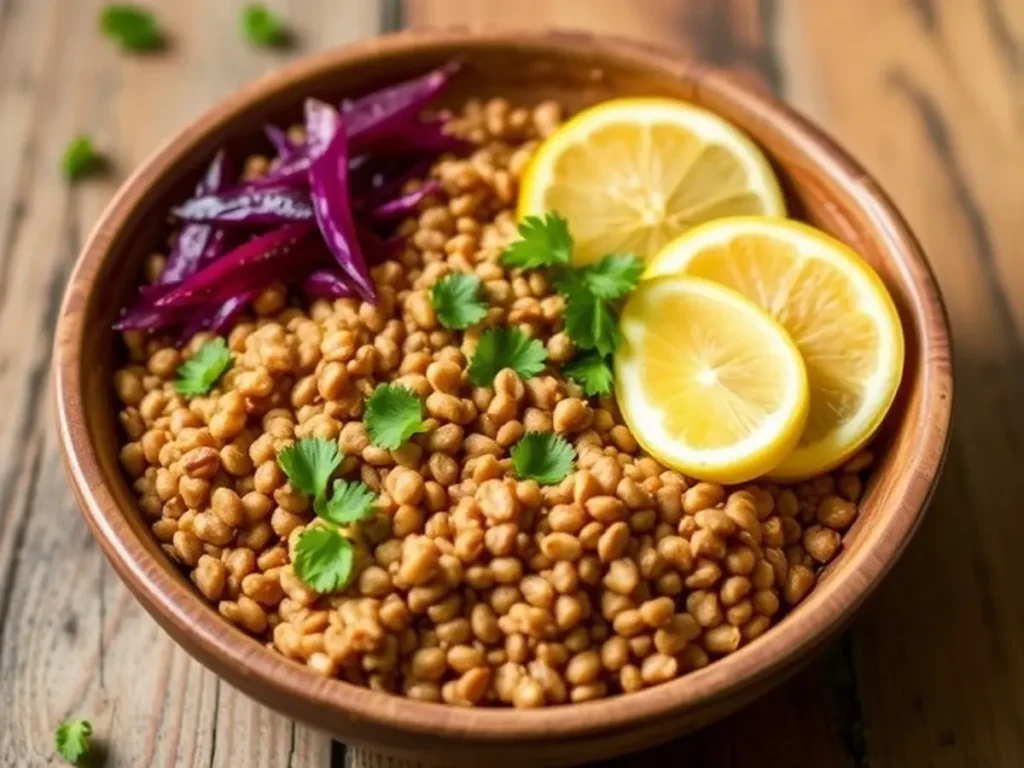
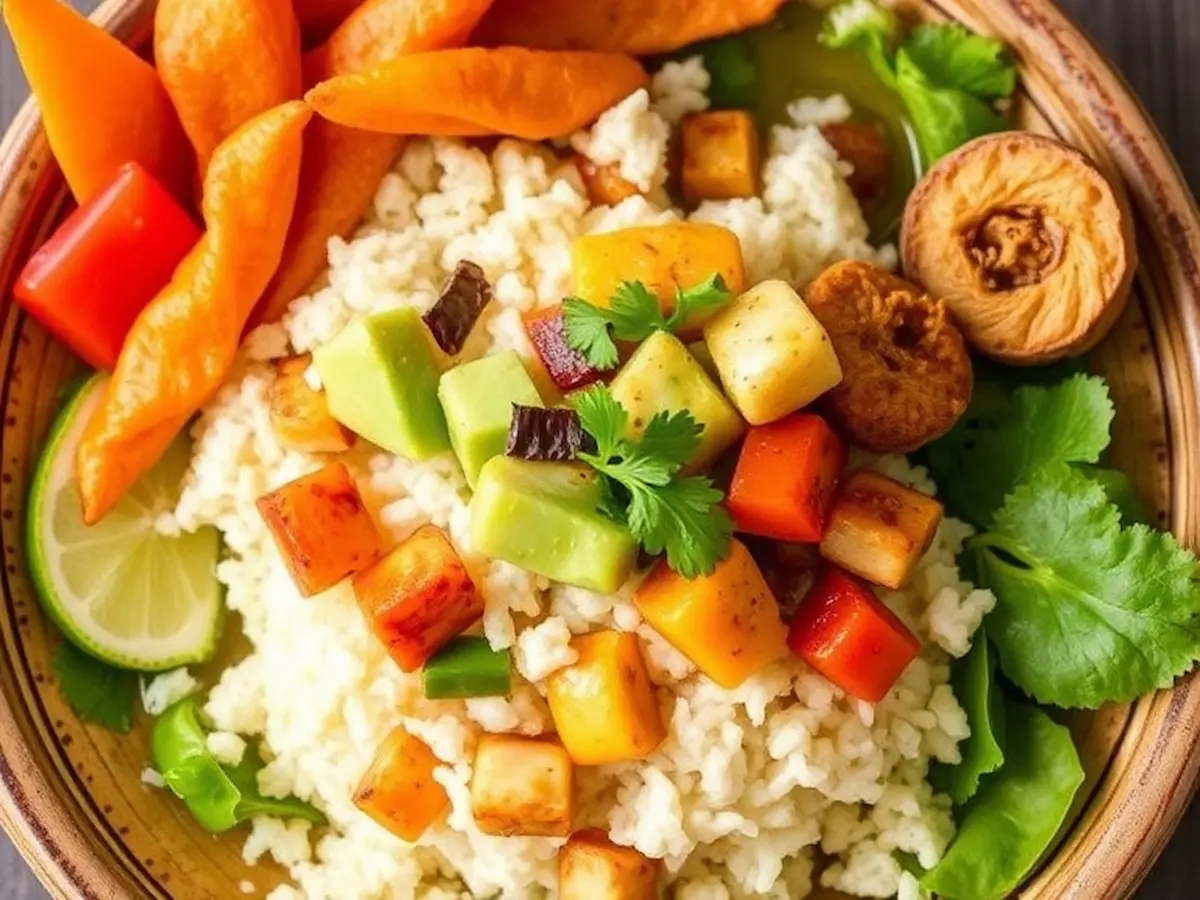
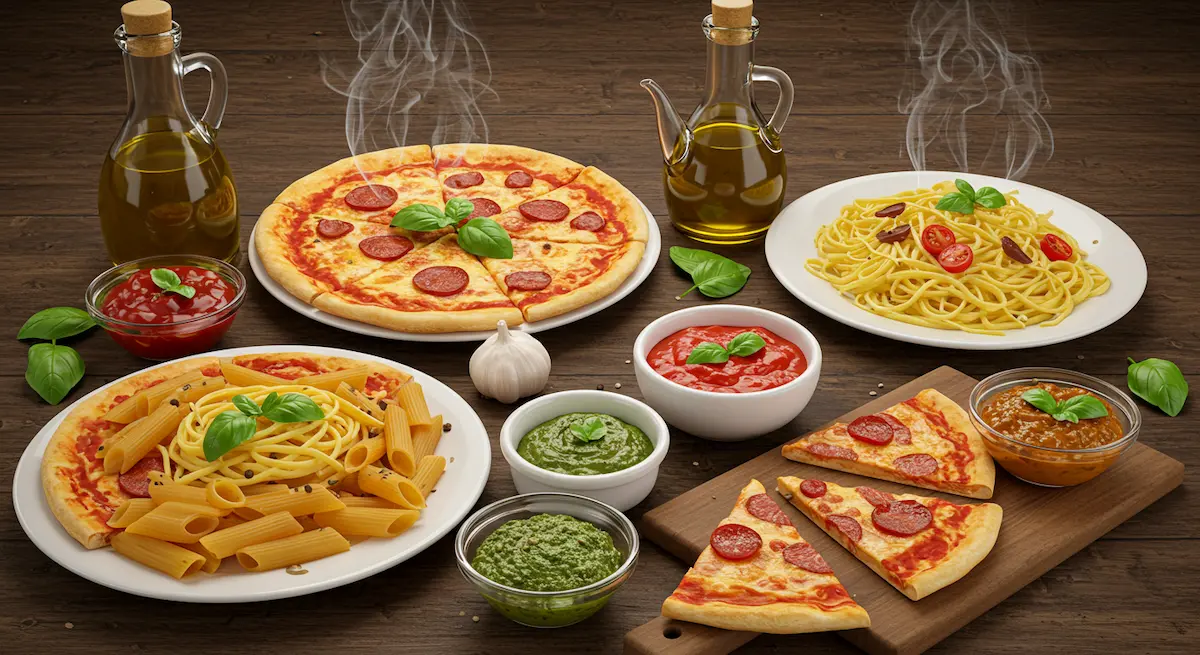

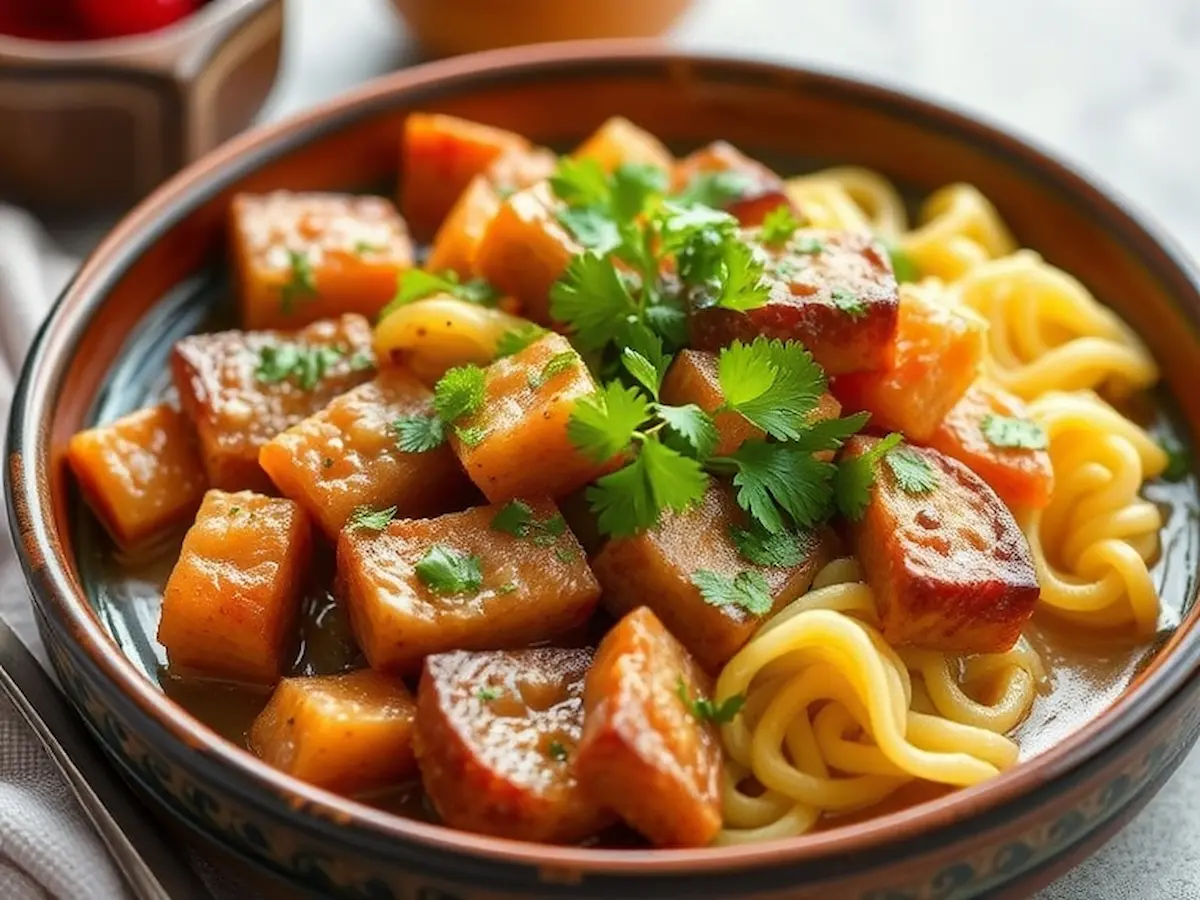
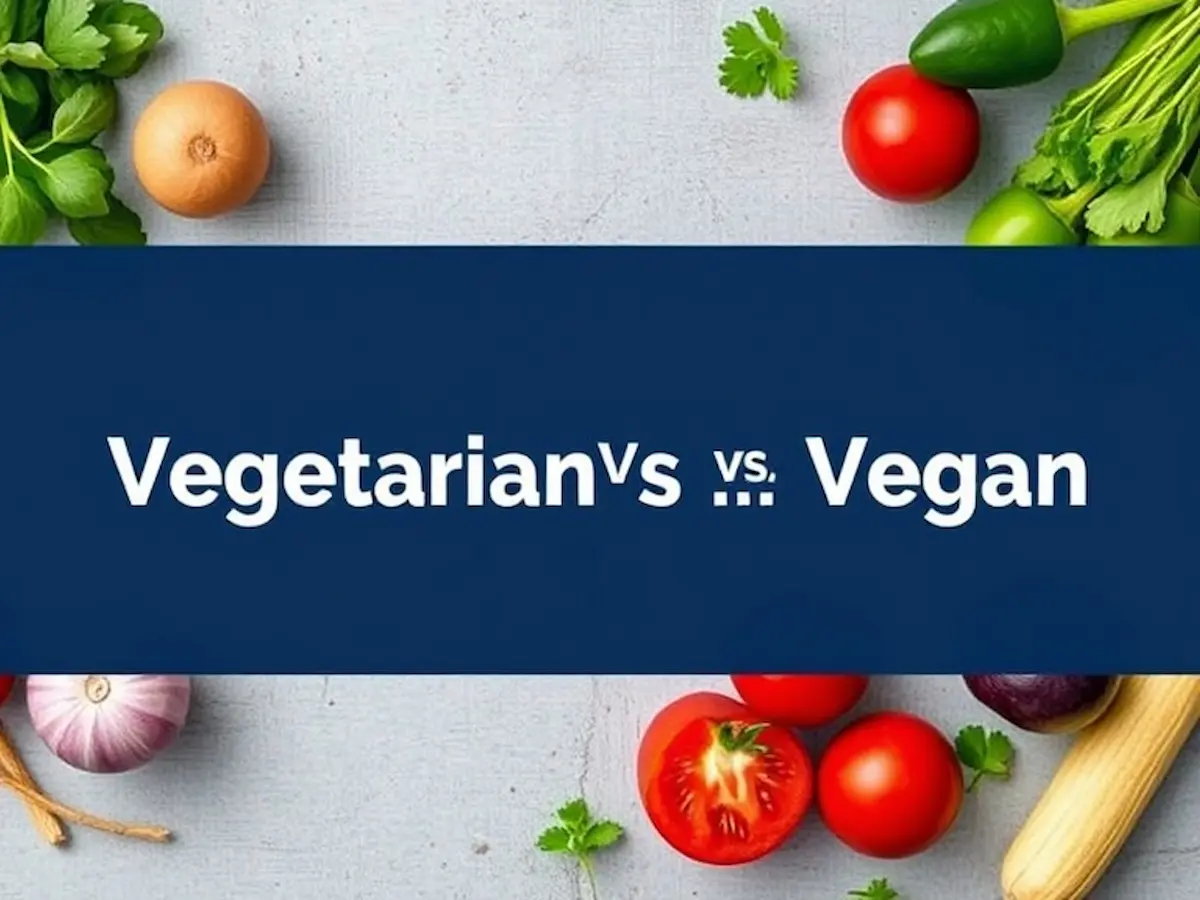
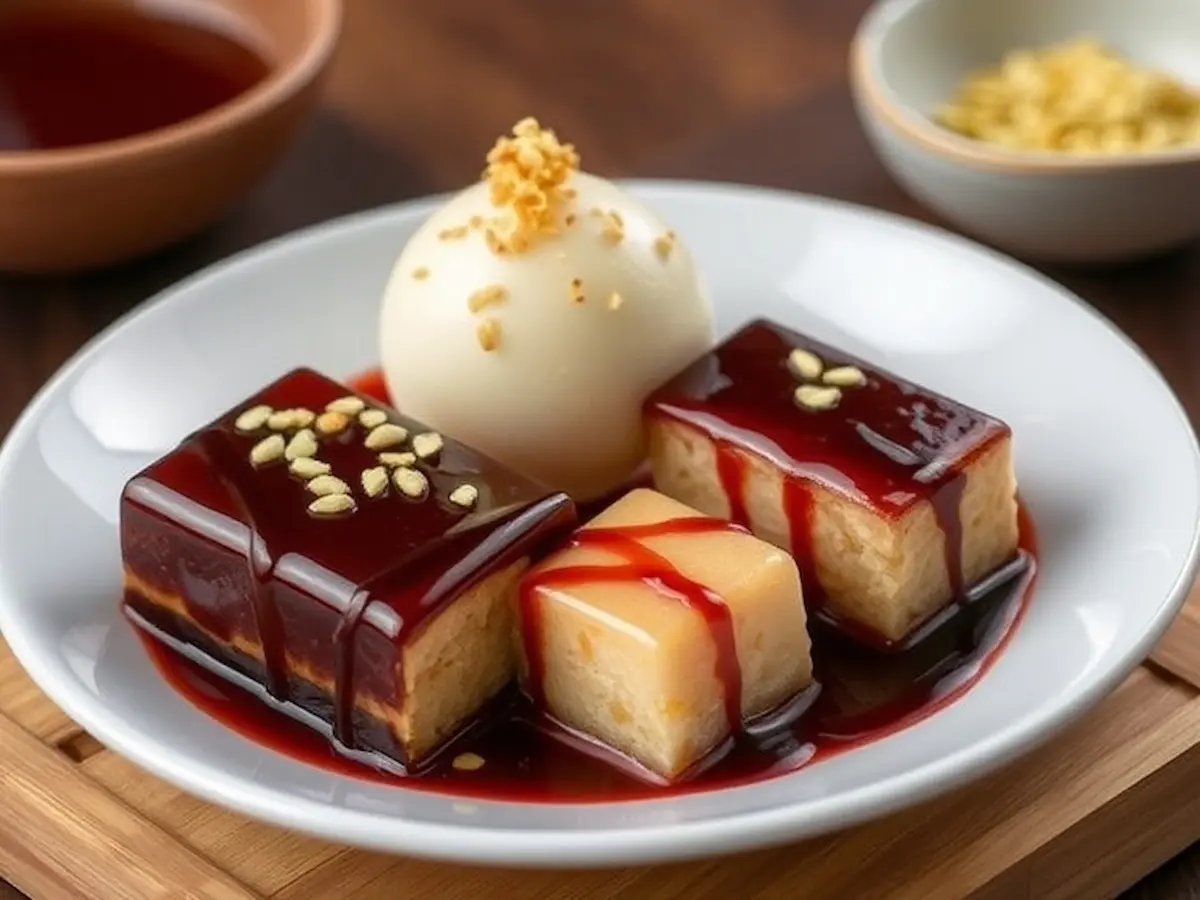


Pingback: Unearth The Valuable Recipe For Philippine Sinigang Cuisine 2024
Pingback: Best Valuable Recipe For Chocolate Valuable Recipe 2024